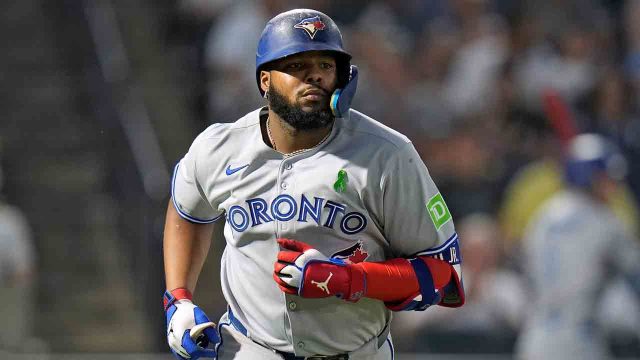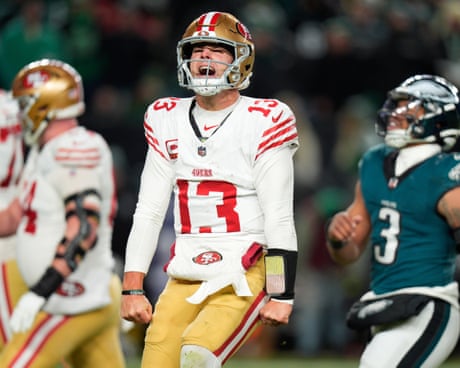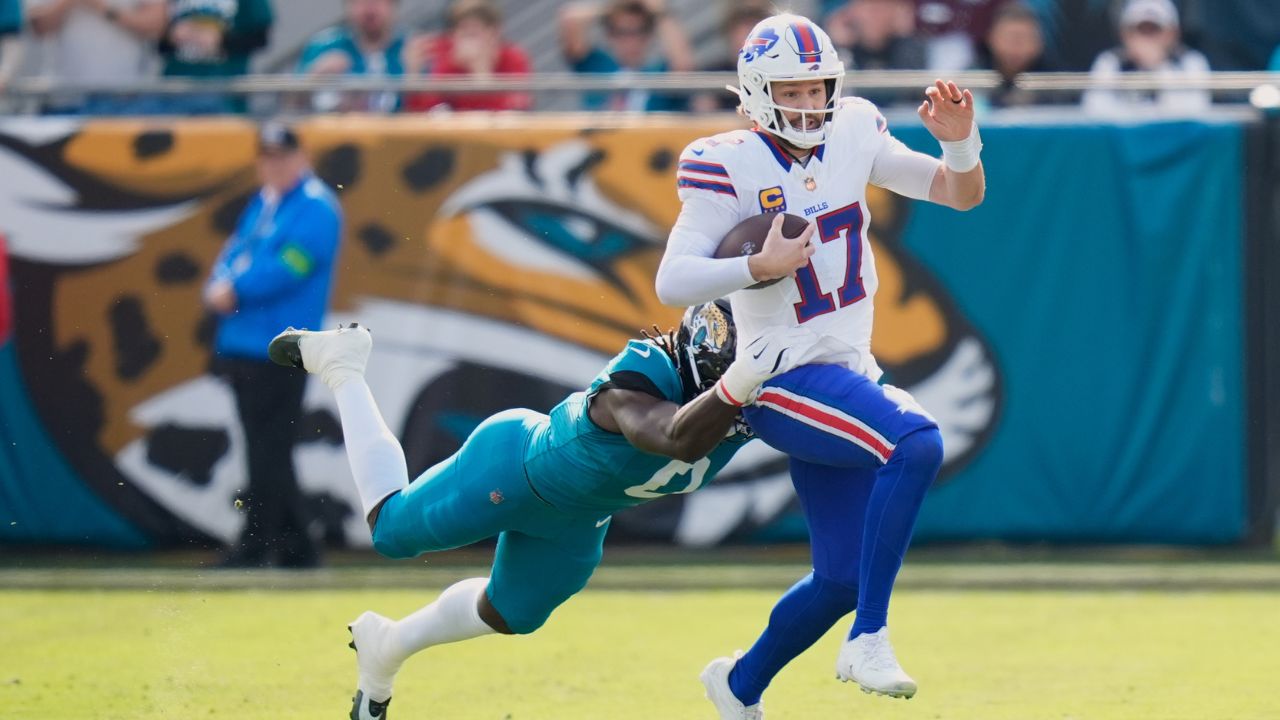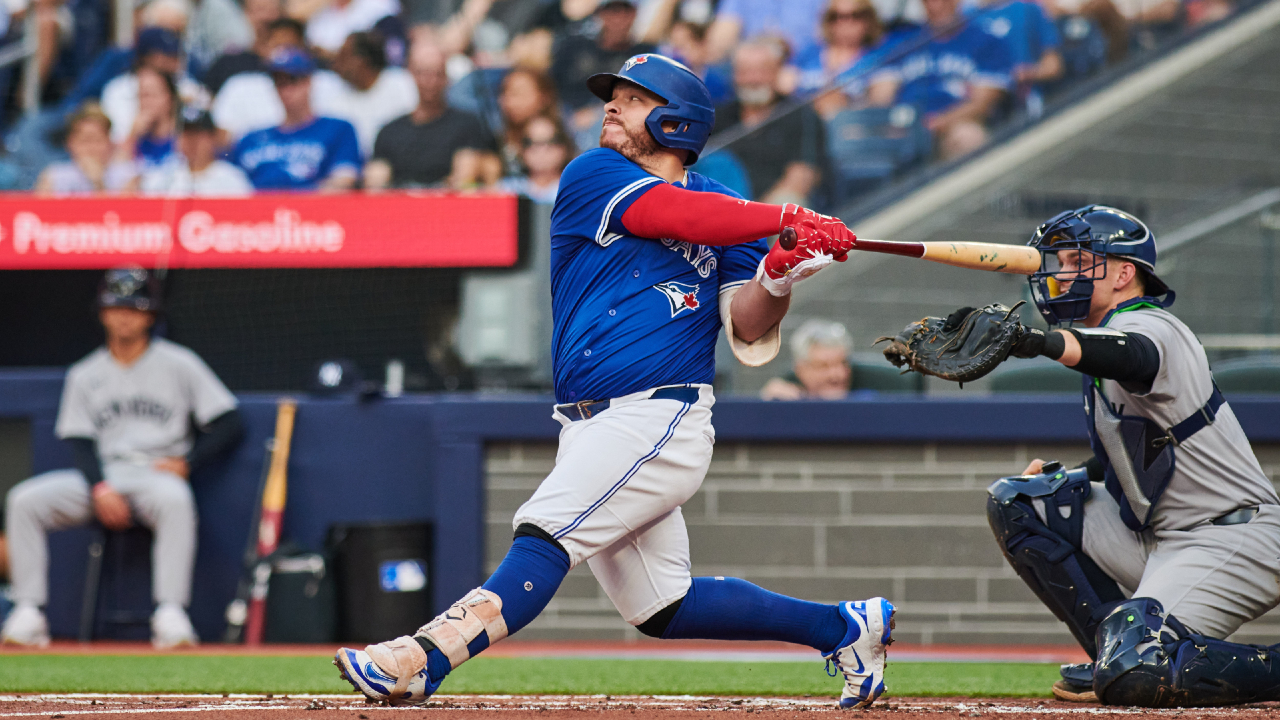
Alejandro Kirk’s single to centre field in Atlanta on Tuesday wasn’t particularly significant to the scope of his career, but his presence at the All-Star Game was.
While All-Star appearances are an imperfect way to judge a baseball player’s resume, they are notable, and accumulating two by the age of 26 is an accomplishment. It’s a particularly meaningful one when you become the first player at your position to be a two-time all-star in your team’s history.
At this time last season, Kirk was hitting .234/.308/.323, and questions circled about whether he’d be able to handle a full-time starting catching job if Danny Jansen left in free agency. Now, he’s on track to go down as the best catcher in Toronto Blue Jays history.
Ernie Whitt’s longevity (1218 games in Toronto) and the 1992 World Series MVP won by Pat Borders are significant obstacles. Still, the combination of Kirk’s stellar first half and the five-year extension he signed before the season put him in position to go down as a franchise great.
For such a young player, Kirk is already relatively high on the Blue Jays catcher leaderboards by most basic counting stats:
|
Statistic |
Rank |
|
Hits |
4th |
|
Runs |
7th |
|
RBI |
4th |
|
HR |
8th |
|
BBs |
4th |
To conservatively estimate where he might land on these leaderboards by the end of his current contract, I took his rate of accumulating these numbers over the last five seasons and projected him to accumulate 450 plate appearances per year — a number that’s a bit low for his current role but bakes in the possibility of injury.
I also finished out his 2025 by giving him the same amount of playing time he received in the first half. Putting all of that together, by the end of 2030, Kirk’s placement on the leaderboards should look something like this:
|
Statistic |
Rank |
|
Hits |
1st |
|
Runs |
2nd |
|
RBI |
1st |
|
HR |
2nd |
|
BBs |
1st |
There’s no guarantee he gets there, but that’s where he’s tracking without assuming he will play as much as he has in 2025 — or be as effective on a per at-bat basis. That’s impressive for a couple of reasons. The first is that by the end of his extension, Kirk will be entering his age-32 season and may have some good years left that could be spent with the Blue Jays.
Perhaps more importantly, counting stats like these drastically undersell Kirk’s contribution. What makes the 26-year-old great isn’t his ability to accumulate offensive numbers in bulk, it’s the all-around value proposition he provides, led by his outstanding defence. Since the beginning of the 2022 season, his Fielding Run Value of +49 is second among all MLB players.
Thanks largely to this defensive contribution — primarily driven by blocking and framing — his career fWAR (13.1) is already second only to Whitt (21.1) among Blue Jays catchers. The same projection method used above to determine where he could land on the offensive statistic leaderboard indicates he should end his current contract with approximately 31 fWAR, a total that would put him head and shoulders above Whitt and the rest of the pack.
While that calculation could wind up being aggressive if Kirk deals with injury or premature decline, it only asks him to accumulate 3.2 fWAR per full season, a total he came close to in 2024 during his worst offensive campaign (2.7) and one he should blow past in 2025, considering he already sits at 3.0.
-
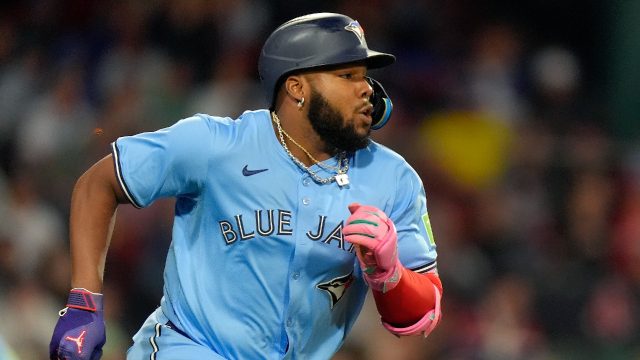
-
MLB on Sportsnet
Watch the Toronto Blue Jays, Blue Jays Central pre-game, marquee MLB matchups, Jays in 30, original documentaries, the wild card, divisional series, championship series and entire World Series on Sportsnet and Sportsnet+.
A counterargument to this would be that Kirk is benefitting from the new-fangled ways to measure catchers’ defensive value, and other backstops in Blue Jays history might’ve gotten fWAR boosts if the metrics we use now existed back then. There could be some truth to that, but advancement in measuring value has also hurt Kirk as his lack of foot speed has resulted in the highest negative BsR in the majors since 2022 (-20.6).
Before 2002, that base running statistic was only based on stolen bases and caught stealing, so slower players who didn’t attempt to swipe bags could put up respectable numbers even if their lack of speed hurt their team elsewhere. Past Blue Jays catchers probably have generous BsR numbers as a result.
Another counter to the idea that Kirk’s big overall value numbers are tied up in newer catcher metrics is the fact that he’s probably the best hitting Blue Jays backstop ever. Because the 26-year-old plays in a fairly pitcher-friendly era, he doesn’t lead franchise catchers in AVG, OBP, SLG or OPS, but adjusting for era and ballpark, he’s a clear top dog.
The all-in-one offensive statistic of wRC+ has those adjustments built in. By its reckoning, only four Blue Jays catchers who’ve taken 500-plus plate appearances with the team have produced league-average or better offence.
|
Catcher |
wRC+ |
|
Alejandro Kirk |
110 |
|
Russell Martin |
103 |
|
Ernie Whitt |
101 |
|
Danny Jansen |
100 |
Kirk is the only one who’s above average by a significant margin, and while that 110 number may not look dramatic, it’s rare for a catcher. Since 2000, Kirk’s wRC+ ranks 19th among backstops with 1,500 or more plate appearances — many of whom can’t match his defensive prowess. That wRC+ number has him tied with catchers extremely well known for their offence like Evan Gattis, Brian McCann and Javy Lopez. It’s a touch better than J.T. Realmuto.
Because the greatest sources of his value are subtle, Kirk can be overlooked at times. Framing, blocking, and drawing walks seldom makes the highlight reel. He hits the ball hard, but it rarely gets over the wall. He goes about his business quietly and rarely does anything intended to draw attention to himself. Kirk’s excellence in high-leverage situations this year (211 wRC+) has led to some signature moments, but the modest amount of headlines he generates is not proportional to his importance to the Blue Jays.
He might just be the team’s MVP in 2025, and the Blue Jays’ decision to keep him in Toronto through his prime is looking better and better. Not only does his contract ensure Toronto has a competent starting catcher through the rest of the decade, but it may have also locked in a historically significant figure for the franchise.



